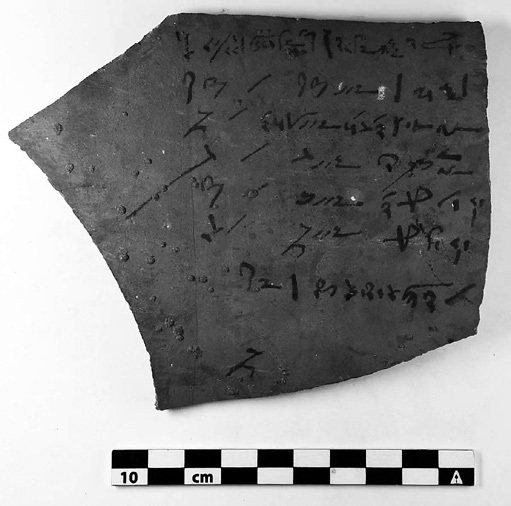
ARCHAEOLOGISTS discovered more than 18,000 shards of pottery used as writing materials in ancient Egypt, revealing details about life approximately 2,000 years ago. The pottery fragments, known as “ostraca,” were used to inscribe shopping lists, receipts, school texts and more, researchers from the University of Tubingen in Germany said. Hundreds of fragments were from an ancient school and had a single symbol repeated on the front and back. Researchers believe this was an early example of “naughty” students being forced to write lines as punishment. The pottery fragments were discovered during excavations at a site of the ancient settlement of Athribis, around 200 kilometers north of Luxor, Egypt. The German university carried out the excavation in cooperation with the Egyptian Ministry of Tourism and Antiquities. “There are lists of months, numbers, arithmetic problems, grammar exercises, and a ‘bird alphabet’—each letter was assigned a bird whose name began with that letter,” Professor Christian Leitz from the University of Tubingen, who led the excavations, said in a statement. Along with written texts, some of the fragments had pictorial representations of animals, gods, and geometric figures. Remnants of broken jars and other vessels were often used in ancient Egypt as writing materials as a cheaper and more accessible alternative to papyrus, according to Science Alert. The pottery fragments were inscribed with ink and a reed or hollow stick. Around 80 percent of the shards were inscribed in Demotic, the common administrative script in the Ptolemaic and Roman periods, researchers said. The following most common script was Greek, but the team also came across inscriptions in Hieratic, hieroglyphic and more rarely Coptic and Arabic script. Researchers said it was “very rare” to find such a large quantity of ostraca, as a discovery of this size had only been made once before, near the Valley of the Kings in Luxor. The ostraca are being analyzed by an international team led by Sandra Lippert, head of research at the Centre National de la Recherche Scientifique, and Carolina Teotino from the University of Tubingen is examining the pictorial ostraca. (SD-Agencies) | 
